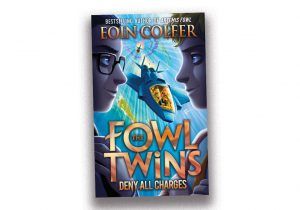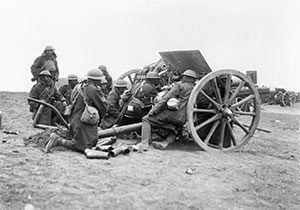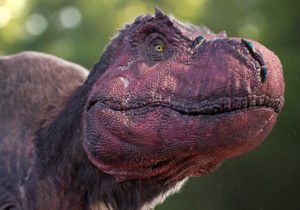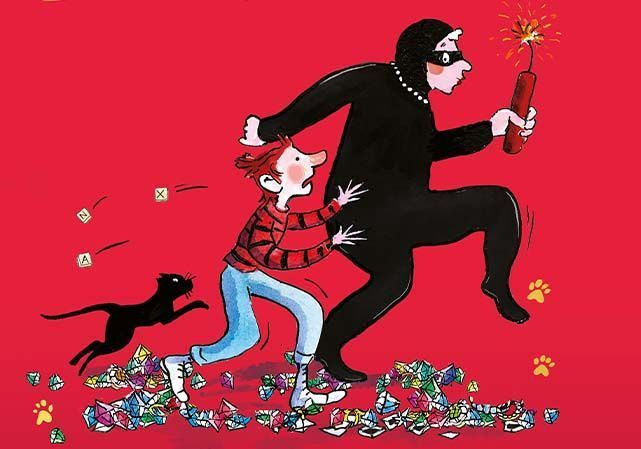
Make a Bird Feeder: Primary Resource
Download easy-to-follow instructions for making a garden bird feeder!
This primary resource gives children an opportunity to make their owner bird feeder for their garden.
Pupils will be challenged to follow instructions to make a bird feeder from an orange, ribbon, lard, seeds and nuts in our National Geographic Kids’ primary resource sheet. They can also test their bird knowledge in our quick quiz, and discover top tips to encourage birds to their garden.
The teaching resource can be used as a printed handout for instruction in class time, or for display on the interactive whiteboard.
Activity: Ask children to complete the activity and make their own bird feeder for their garden or for the school playground. Ask them to observe, identify and record the different birds that come to feed to gain an understanding of the different bird species in their local environment.
N.B. The following information for mapping the resource documents to the school curriculum is specifically tailored to the English National Curriculum and Scottish Curriculum for Excellence. We are currently working to bring specifically tailored curriculum resource links for our other territories; including South Africa, Australia and New Zealand. If you have any queries about our upcoming curriculum resource links, please email: schools@ngkids.co.uk
This primary resource assists with covering the following Art and Design aims of the National Curriculum:
The national curriculum for art and design aims to ensure that all pupils:
- produce creative work, exploring their ideas and recording their experiences
- become proficient in drawing, painting, sculpture and other art, craft and design techniques
National Curriculum Key stage 1 objectives:
Pupils should be taught:
- to use a range of materials creatively to design and make products
- to develop a wide range of art and design techniques in using colour, pattern, texture, line, shape, form and space
This primary resource assists with covering the following Science aims of the National Curriculum.
- develop understanding of the nature, processes and methods of science through different types of science enquiries that help them to answer scientific questions about the world around them
National Curriculum Key Stage 1 Science objectives (Year 1)
- identify and name a variety of common animals including fish, amphibians, reptiles, birds and mammals
- identify and name a variety of common animals that are carnivores, herbivores and omnivores
- describe and compare the structure of a variety of common animals (fish, amphibians, reptiles, birds and mammals, including pets)
National Curriculum Lower Key Stage 2 Science objectives (Years 3 & 4)
Pupils should be taught to use the following practical scientific methods, processes and skills
- gathering, recording, classifying and presenting data in a variety of ways to help in answering questions
- recording findings using simple scientific language, drawings, labelled diagrams, keys, bar charts, and tables
- identify that animals, including humans, need the right types and amount of nutrition, and that they cannot make their own food; they get nutrition from what they eat (Year 3)
- recognise that living things can be grouped in a variety of ways (Year 4)
- explore and use classification keys to help group, identify and name a variety of living things in their local and wider environment (Year 4)
This primary resource assists with covering the following Expressive Arts Early level objectives from the Scottish Curriculum for Excellence:
- I have the freedom to discover and choose ways to create images and objects using a variety of materials.
Scottish Curriculum for Excellence First level Expressive Arts objectives:
- I have the opportunity to choose and explore a range of media and technologies to create images and objects, discovering their effects and suitability for specific tasks.
Scottish Curriculum for Excellence Third level Expressive Arts objectives:
- I have experimented with a range of media and technologies to create images and objects, using my understanding of their properties.
This primary resource assists with covering the following Sciences Early level objectives from the Scottish Curriculum for Excellence:
- Through creative play, I explore different materials and can share my reasoning for selecting materials for different purposes.
Scottish Curriculum for Excellence First level Sciences objectives:
- I can distinguish between living and non living things. I can sort living things into groups and explain my decisions.
Scottish Curriculum for Excellence Second level Sciences objectives:
- I can use my knowledge of the interactions and energy flow between plants and animals in ecosystems, food chains and webs. I have contributed to the design or conservation of a wildlife area.
Download primary resource
More Like

THE FOWL TWINS: DENY ALL CHARGES

World War 1 facts

Travel back in time to meet living dinosaurs!









LEAVE A COMMENT
THANK YOU
Your comment will be checked and approved shortly.
WELL DONE,
YOUR COMMENT
HAS BEEN ADDED!
COMMENTS
CUSTOMIZE YOUR AVATAR